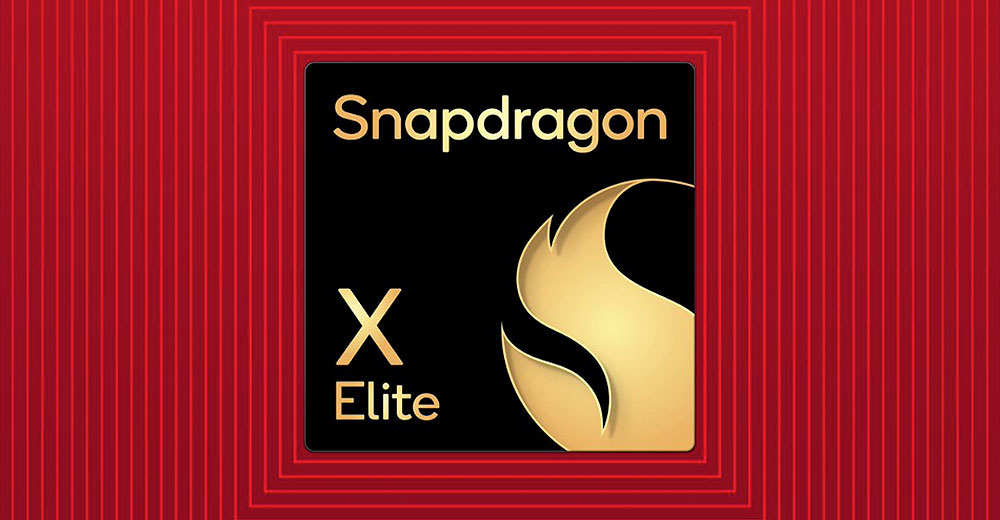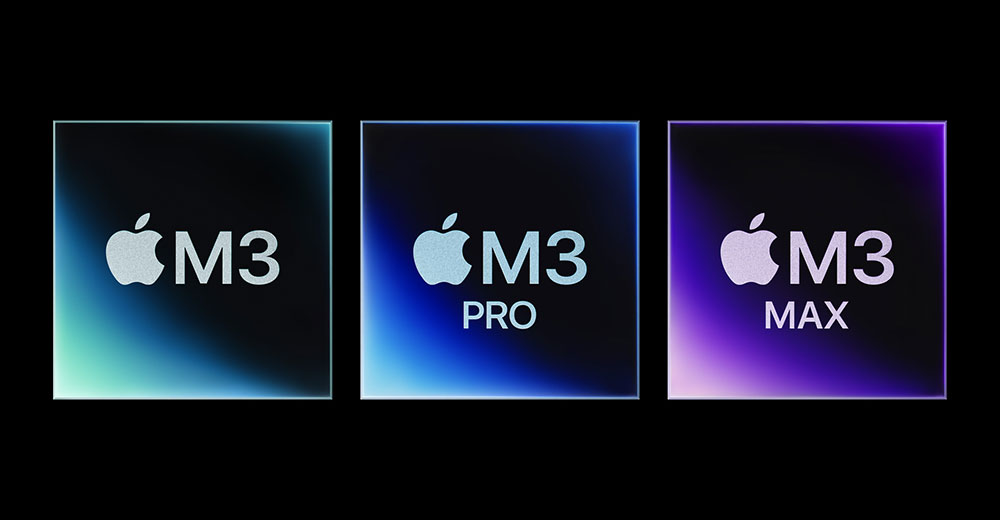The decision to choose between a PC and a Mac has been a long-standing debate in the world of technology. Both platforms have strengths and weaknesses, and various factors, including user preferences, needs, and the specific use case, often influence the choice.
The introduction of Arm-based versions of Windows and Apple’s transition to Apple Silicon has added a new dimension to this decision-making process in recent years.
Given these variables, let’s explore the factors consumers and business users face when choosing a PC or Mac and how Arm versions of Windows and Apple Silicon impact these decisions.
Factors To Consider When Choosing a PC
One of the most critical factors in choosing a PC is budget. PCs come in a wide range of prices, making them accessible to a broad spectrum of consumers and businesses.
While high-end gaming or workstation PCs can be expensive, budget-friendly options provide exemplary performance for everyday tasks.
The availability of Arm-based Windows devices has also contributed to a broader price range, with some Arm laptops being more affordable than their traditional x86 counterparts.
Compatibility
For business PC users, compatibility is paramount. Legacy applications, primarily designed for Windows, have made it the business world’s preferred choice.
However, as the industry gravitates towards Arm-based Windows, some older applications might encounter compatibility issues on the new processors.
Historically, companies have needed to weigh the benefits of Arm’s efficiency and battery life against potential compatibility challenges.
That consideration may begin to wane as Microsoft becomes more convinced that the Arm version of Windows is where the puck is headed.
Performance
PC users often have a wide array of options when it comes to performance. They can choose from budget laptops, gaming PCs, and powerful workstations to suit their needs.
The choice of CPU, GPU, and RAM can significantly impact the overall performance. Arm-based Windows devices typically offer improved power efficiency, leading to longer battery life, but they might not be as powerful as high-end x86 PCs for demanding tasks.
Customizability
PCs are known for their ability to be customized. Users can build their PCs, choosing specific components to meet their requirements. This factor is a significant advantage for power users and businesses with unique needs.
Arm-based Windows devices may have limited customization options compared to traditional x86 PCs.
The vast Windows landscape offers extensive backward compatibility with various software and hardware devices. This ecosystem appeals to consumers and businesses as it can cater to multiple needs.
The introduction of Arm versions of Windows has expanded this ecosystem, but it is still not as mature as the x86 ecosystem.
To Arm or Not To Arm? That Is the Question.
Qualcomm’s release of the Snapdragon X Elite chipset carries intriguing implications, particularly in the context of PC and Windows Arm devices. The Snapdragon X Elite’s key features, optimized for 5G connectivity, graphics, and AI, will likely impact this ecosystem in several ways.

The Snapdragon X Elite processor, built for AI, was announced Oct. 24, 2023. (Image Credit: Qualcomm)
Windows on Arm has faced challenges in delivering performance comparable to traditional x86 PCs, and sales have been lackluster. Qualcomm’s new Snapdragon X Elite chipset could potentially turbocharge the performance of Arm-based Windows devices, making them more competitive in speed and efficiency.
From a connectivity standpoint, Qualcomm’s Snapdragon X Elite’s 5G capabilities can bolster the Always On, Always Connected PC (ACPC) concept. Users can expect faster and more reliable internet access, enhancing productivity and enabling more seamless remote work and collaboration.
Moreover, the chipset’s AI and graphics capabilities can benefit Arm-based Windows PCs in scenarios involving cloud computing and edge AI, potentially accelerating the adoption of these technologies for a broader range of tasks.
From a software standpoint, the collaboration between Microsoft and Qualcomm to optimize Windows for Arm devices has gained momentum. The Snapdragon X Elite’s capabilities can make Arm-based Windows PCs more competitive, expanding the market and offering an alternative to traditional x86 PCs.
While Qualcomm has assured the world that Snapdragon X Elite-based laptops will be highly competitive with Apple offerings featuring Apple Silicon, especially the recently-released M3, it will be several weeks before reliable third-party benchmarks are available so users can make informed choices.
Apple Advantages
In the hardware department, Apple is known for its attention to design and build quality. Consumers often praise Macs for their sleek and elegant design, premium materials, and high-resolution displays. This factor is essential for users who prioritize aesthetics and a premium feel in their computing devices.
To be fair, Windows OEMs, notably HP, Dell, and Lenovo, have made tremendous strides over the last decade with very good-looking PCs, but Apple’s brand and design “look and feel” continues to carry strong appeal for many users.
Ecosystem-wise, Apple is known for its seamless integration among devices. Users who already own an iPhone, iPad, or other Apple devices may find it convenient to have a Mac for consistency in software, file sharing, and other features. With Apple Silicon, they anticipate this integration will become even smoother.
Performance and Battery Life
Apple Silicon has made significant waves in terms of performance and power efficiency.
Macs using Apple’s custom Arm-based processors have demonstrated impressive performance gains and extended battery life. This attribute is particularly appealing to users who value both performance and portability.
Software Optimization
Apple places a strong emphasis on software optimization.
The macOS operating system is tailored for Apple’s hardware, providing a more cohesive user experience.
Software developers often optimize their applications for macOS, which can result in better performance and stability.
Price
MacBooks and iMacs are generally considered high-end devices with comparably premium price tags.
While Apple has introduced more affordable options, such as the MacBook Air with an M1 chip, Macs are more expensive than many Windows PCs.
Conversely, Qualcomm’s Snapdragon X Elite chips will wind up in PCs priced substantially below high-end MacBook Pros with the new Apple Silicon M3 chip.
Tradeoffs and Implications of Arm-Based PCs vs. Apple Silicon
The introduction of Arm-based Windows devices has created a new set of tradeoffs and implications for consumers and businesses.
Arm processors are known for their power efficiency, leading to longer battery life in laptops and tablets. However, they may not offer the same level of performance as high-end x86 processors, which can be a concern for users with demanding tasks.
Compatibility is another significant issue. While Arm-based Windows has made strides in this area, it may not support all legacy applications and hardware devices, potentially limiting the appeal of Arm-based PCs to IT and enterprise customers.
However, Microsoft is aware of this and promises dramatically improved x86 emulation in new forthcoming Arm versions of Windows 11, so this could become a non-factor.
Apple’s transition to Apple Silicon has been a game-changer in the world of Macs. The new Arm-based processors have provided impressive performance gains and extended battery life.

Apple’s M3 chip series, announced on Oct. 30, 2023, aims to redefine computing performance and power efficiency. (Image Credit: Apple)
When Apple announced its Silicon-based Macs three years ago, it confronted compatibility challenges with legacy Mac apps. However, Apple skillfully managed these transitions using its Rosetta emulation software, ensuring minimal disruptions for users and providing developers ample time to optimize their apps for Apple Silicon.
Closing Thoughts
Choosing between a PC and a Mac involves numerous factors that cater to consumers’ and businesses’ specific needs and preferences. The introduction of Arm-based Windows and Apple Silicon versions has added new dimensions to this decision-making process, with tradeoffs and implications that users must carefully weigh.
Ultimately, choosing between a PC and a Mac and considering Arm-based options should align with the user’s priorities: budget, performance, compatibility, or the broader ecosystem in which the device will operate.
Making an informed decision is crucial to ensure the chosen device meets the user’s needs and expectations.
Tech Advancements and Market Dynamics
Qualcomm has emphasized the Snapdragon X Elite’s robust integrated AI processing power. This feature could be a significant advantage, especially considering Microsoft’s ambition to position its Copilot tool as a central element in new versions of Windows 11.
There are still difficulties that require attention.
One non-trivial concern is how long it will take Microsoft to provide full Windows equivalency for x86 and Arm architectures.
Expect IT and enterprise execs to closely scrutinize Microsoft’s support for Arm-based processors, gauging its viability as a fully equal Windows platform.
Nvidia’s Market Impact
Notably, rumors are swirling that Nvidia, renowned for its graphics processing prowess, is venturing into the System-on-a-Chip (SoC) space for PCs, traditionally dominated by Intel and AMD.
This move would place Nvidia alongside competitors like Qualcomm and AMD, signaling a paradigm shift in the semiconductor industry. As consumers increasingly seek integrated solutions for high-performance computing, Nvidia’s entry into the SoC market could potentially reshape the landscape, promising exciting innovations and increased competition in the PC hardware arena.
Regardless, Qualcomm has made significant progress with the release of the Snapdragon X Elite to become a powerful player in the PC market. To be sure, Intel will not go quietly into that good night. Given its legacy Intel Inside history, it has substantial go-to-market and retail marketing resources, which could impede Qualcomm’s ability to properly message the virtues of its processors, even with superior solutions.
Ironically, while users can expect to have more compelling choices to make during their PC purchase decision over the next year, confusion could play a large factor in kickstarting the PC market from its current doldrums.
It will be the best and worst of times to buy a new PC as the traditional decision criteria have been thrown up for grabs.























































